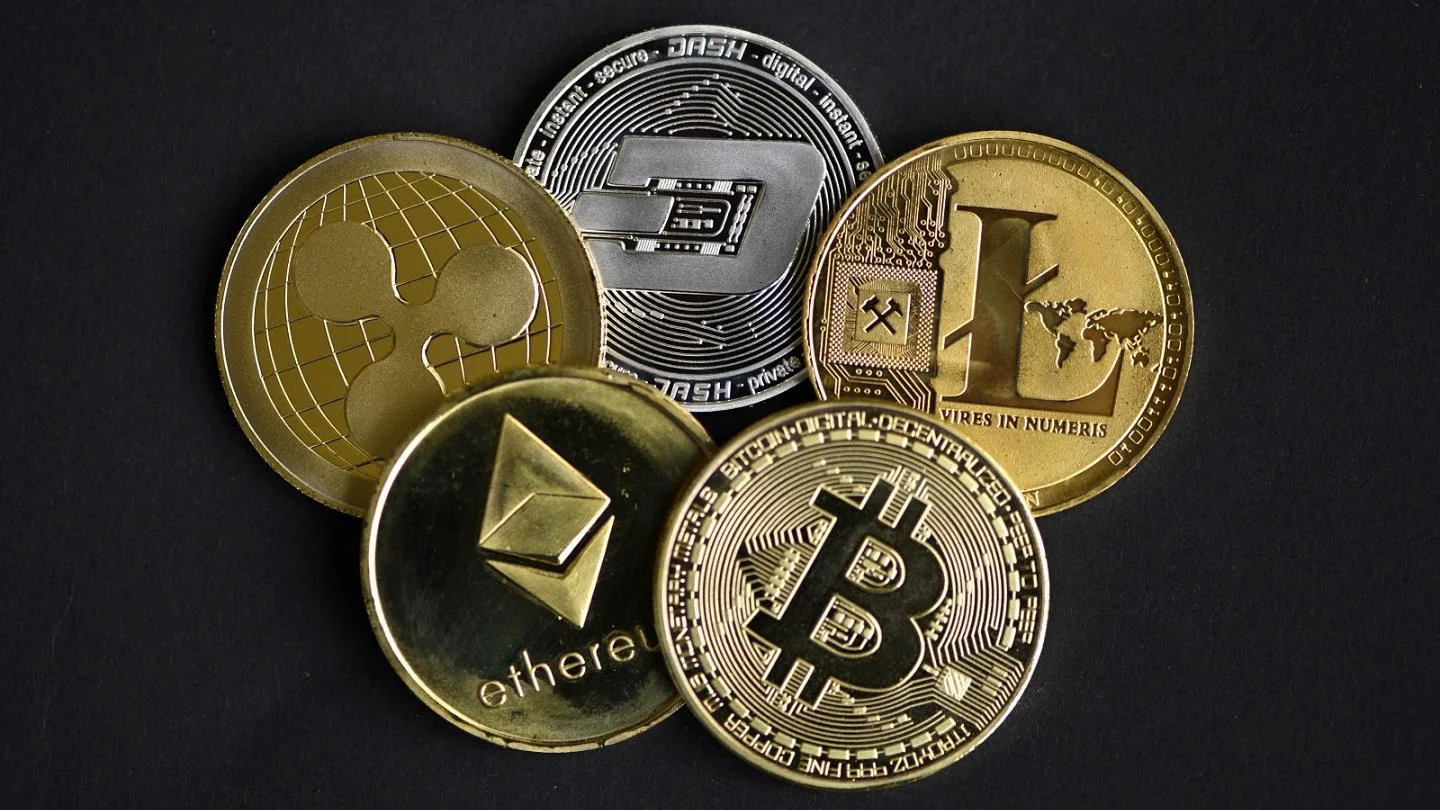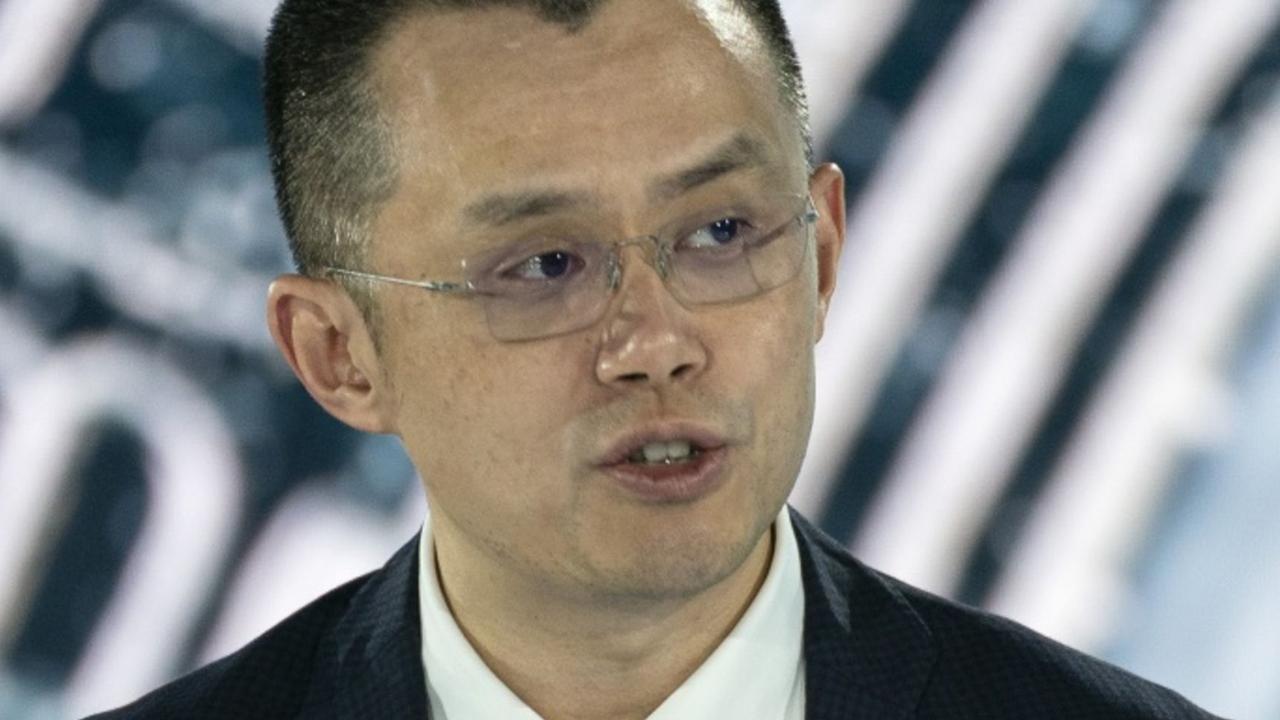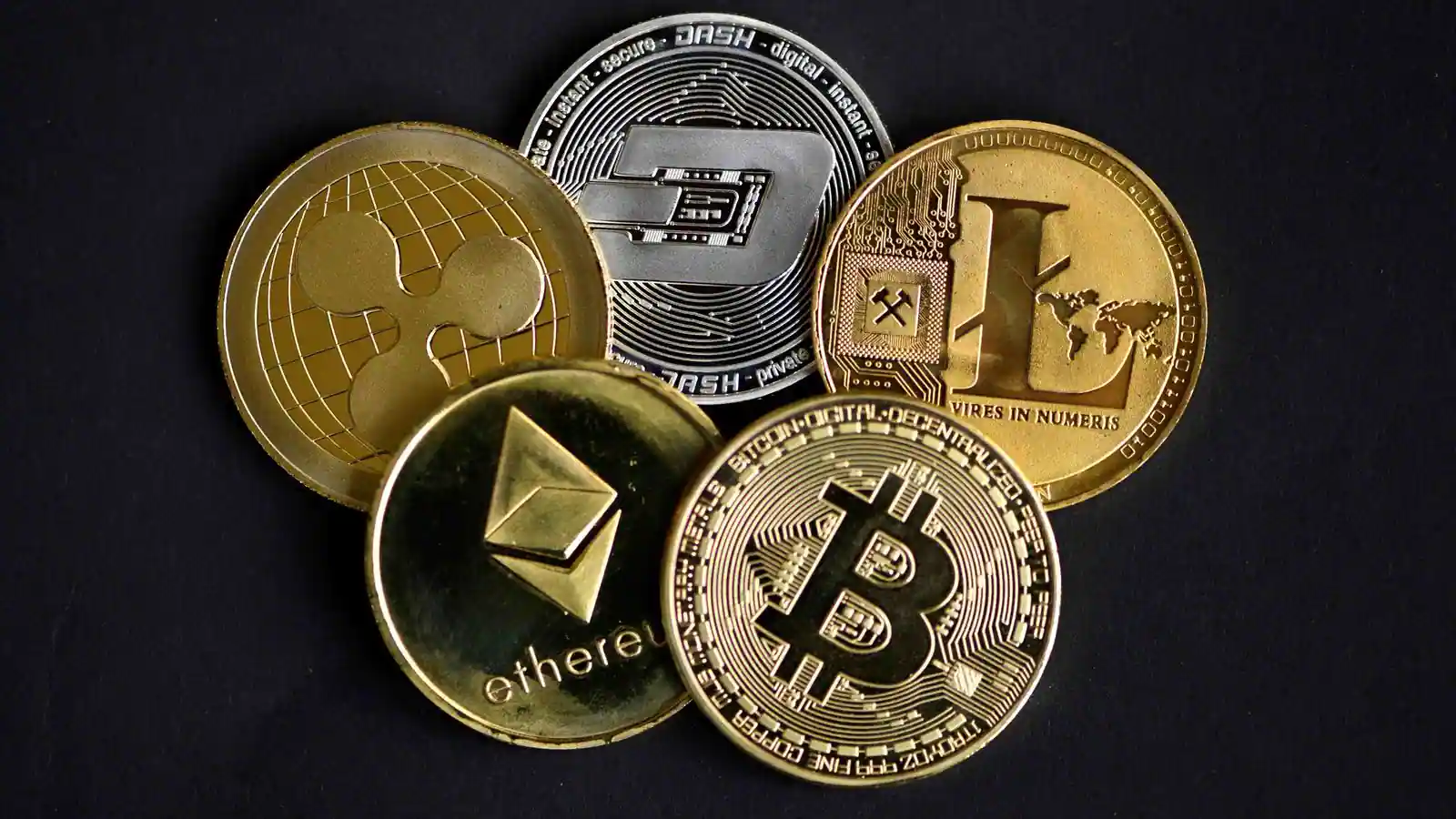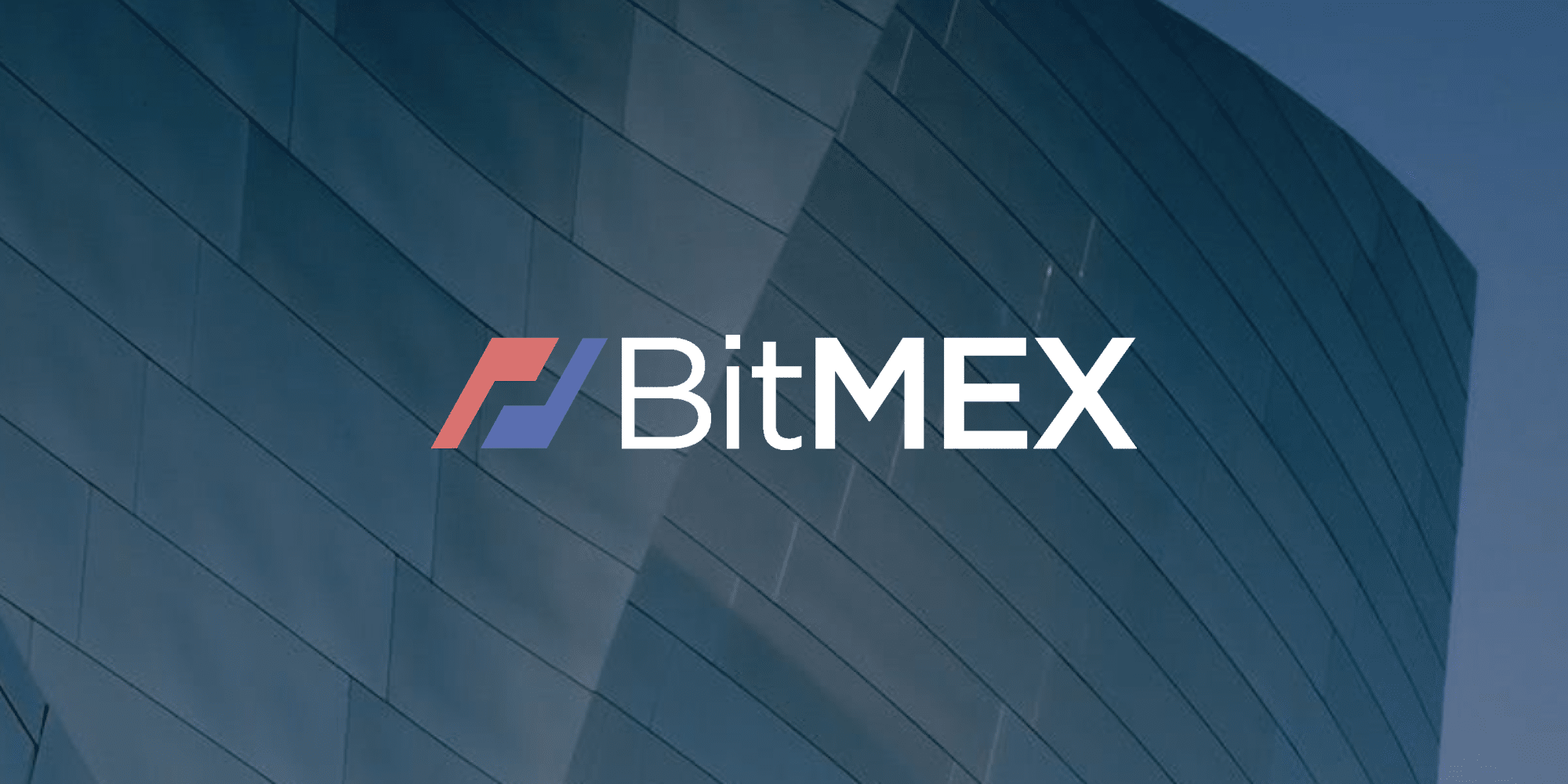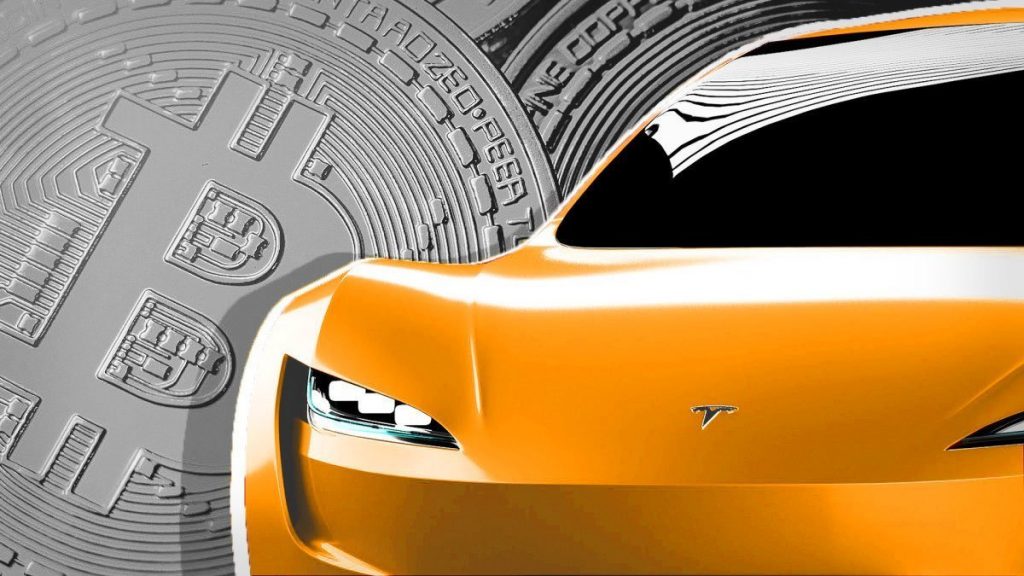
- January 09, 2022
Tesla's owner claims that his electric car mined $800 in cryptocurrency per month.
- Tesla owners tell how they've mined cryptocurrencies using the car's internal computer and battery power.
- Based in San Francisco Siraj Raval mines ethereum by simply connecting graphic processing units to a Tesla car's battery.
Siraj Raval has used his 2018 Tesla Model 3 to mine for cryptocurrencies in almost every method possible.
He used free bitcoin mining software on his Apple Mac mini M1 and powered it with an inverter plugged into the 12-volt power connector in his car's centre console.
He's also linked interconnected graphics processing units, or GPUs, to his Tesla's "frunk," powering them with the car's internal battery.
Raval feels it's worth it, even if it means voiding his automobile guarantee.
He claims he was earning up to $800 per month when the price of ether peaked in 2021.
Bitcoin miner Alejandro de la Torre explained that mining with a Tesla is much the same as mining from any other power source.
"The cost of electricity is the most important factor. "If it's cheaper to do it in an electric vehicle, then be it," de la Torre added.
How to mine cryptocurrency with a Tesla
Chris Allessi, who claims to be Wisconsin's first electric car salesman, chose to tinker with his Tesla in 2018.
Allessi, who builds custom electric automobiles in his spare time and bills himself as a modern-day Doc Brown, the character from the film "Back to the Future" who retrofits a car into a time machine, is no stranger to such situations.
"I enjoy being around energy. I enjoy zapping and constructing things. He answered, "You give me an electric motor, and I'll give you a finished product."
Allessi, like Raval, has experimented with a few different ways to turn his Tesla Model S into a crypto mining equipment.
Crypto mining, as used in the business, is an energy-intensive process in which devices all over the world donate their computational power to the broader network in order to create new coins and verify existing token transactions. They accomplish this by using specialised software to solve complex math equations. All you really need is a computer and some power to join.
Allessi experimented with bitcoin mining by connecting a Bitmain Antminer S9 — a sort of mining rig designed particularly for minting the world's most popular cryptocurrency — to his automobile battery through a power converter. Tesla's electric battery's voltage is adjusted by the inverter to a level that is compatible with his Antminer.
Allessi has also successfully mined altcoins using the vehicle's internal programming.
He described the procedure as "no big thing." He navigated to a web page he had set up specifically to mine for the popular privacy token monero using the car's built-in computer and screen. Allessi explained, "I could execute the mining application within the browser."
Raval claims that the most profitable method is a combination of hacking into Tesla's internal computer and directly putting GPUs into the car's electric motor.
"It's a computer with wheels. Hacking into this computer automobile is so straightforward," Raval added, describing the procedure as "basically hijacking the car's internal code to allow for additional power usage."
Thomas Sohmers, a Tesla hacker and crypto miner, contended that this step is unnecessary.
"The automobile is already designed to deliver more than 100 kilowatts, and anything connected to it will be a fraction of that." There's no need to follow [Raval's] instructions. "It doesn't make any sense from a technological standpoint," Sohmers remarked.
Raval then connects five GPUs to his Tesla battery and mines ethereum using a hashing algorithm.
Professional-grade miners told that the logistics appear to be in order.
Whit Gibbs, CEO and creator of Compass, a bitcoin mining service provider, noted, "The processes are all there."
"You have access to a power source, space, and the capacity to add cooling." Gibbs remarked, "There's clearly enough power delivered by the battery to fire up an ASIC and run it."
Profitable, but is it worth the effort?
The date the driver purchased their Tesla has a lot to do with whether or not crypto mining is lucrative.
Allessi, for example, bought his car before January 2017, which means he's eligible for free and unlimited supercharging for the rest of his vehicle's life.
He thinks that in 2018, he made $10 worth of bitcoin in a 60-hour window, all of which was profitable because he didn't have to pay for power.
Even if it was profitable, he claims it was not worth it.
"Why would you want to put that much wear and tear on a car that costs $40,000 to $100,000?" he asked. "At the moment, even though the price of bitcoin has skyrocketed, so has the difficulty level... I'm probably looking at $1 or $2 worth of bitcoin in the same amount of time with the exact same equipment."
Mining for monero proved similarly fruitless.
"Did that work?" says the narrator. Yes. Was it profitable in any way, shape, or form because it mined anything worthwhile? "No," Allessi clarified.
Raval is more bullish about his Tesla's earning potential.
Raval claims that his vehicle's battery is "bar none," so he gets a lot of bang for his buck, even though he needs to pay to charge it.
Raval's car has a range of 320 miles per charge and costs between $10 and $15 to charge. If he drives it for a few hours every day, he will need to charge it once every one and a half weeks, resulting in a monthly bill of $30 to $60.
Raval says he mines for about 20 hours a day on his Tesla battery. Raval has built in various backstops to assure profitability, despite the fact that the price of altcoins like ethereum is prone to volatility.
For one thing, he invests his ethereum in "Midas.Investments," a custodial crypto investing platform that pays him a 23 percent annual percentage interest. He also never cashes out in US dollars, allowing his crypto portfolio to expand.
Raval often buys his GPUs used on eBay, which saves him money.
Taking all of these processes into account, Raval claims that he earned between $400 and $800 per month in 2021, making the venture lucrative even amid the crypto bear market.
Sohmers, who claims to have been the first to break into the Model 3 in 2018, tells that such large gains are simply not conceivable.
"The hashrate of the GPU in the Model 3 is best estimated to be about 7-10 MH/s," says the author. "At 10 MH/s, that would create around $13.38 worth of ether in income before any expenses," Sohmers explained.
Allessi claims that he is no longer interested in mining.
"The challenge is so tremendous," he explained, "I could make more money working at McDonald's."
Allessi did give a solution. "You'd be better off hiding a miner up in the drop ceiling than mining with a car if you're working for a firm," he remarked of stealing free electricity from an employer.
But mining cryptocurrency with his Tesla isn't simply a gimmick for Raval. Instead, it's an important aspect of his goal to turn his Tesla into a completely autonomous robotaxi that generates cryptocurrency whenever it isn't driving.
Although Tesla CEO Elon Musk has praised the vehicle's potential to become autonomous robotaxis, Teslas are still a long way from being self-driving. Raval, on the other hand, is optimistic about the future.
"It will use its earnings from both transportation and cryptocurrency mining to pay for its own expenses, such as maintenance, electricity charges, and upgrades, as well as invest them in a broad portfolio of new crypto-community networks," he said.

